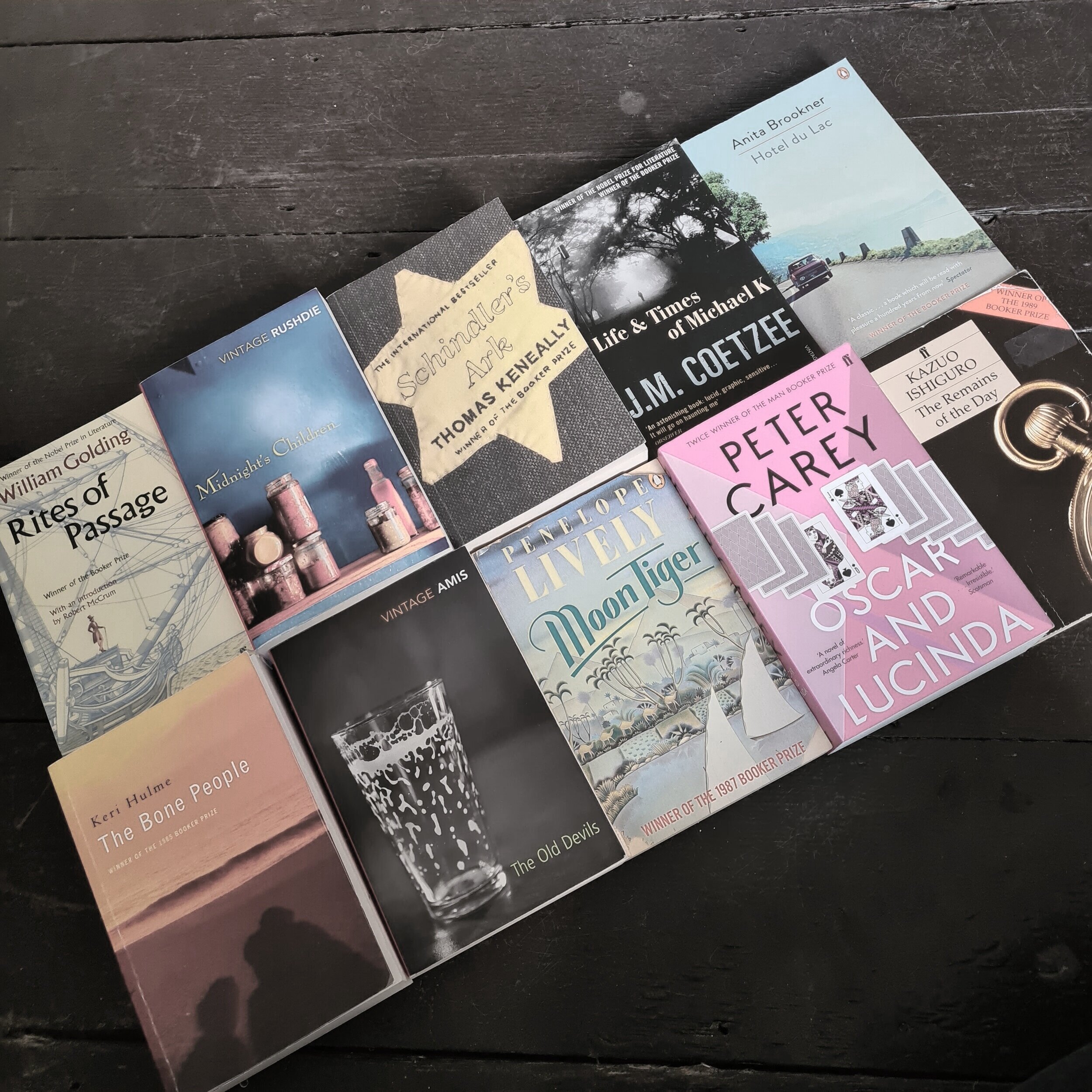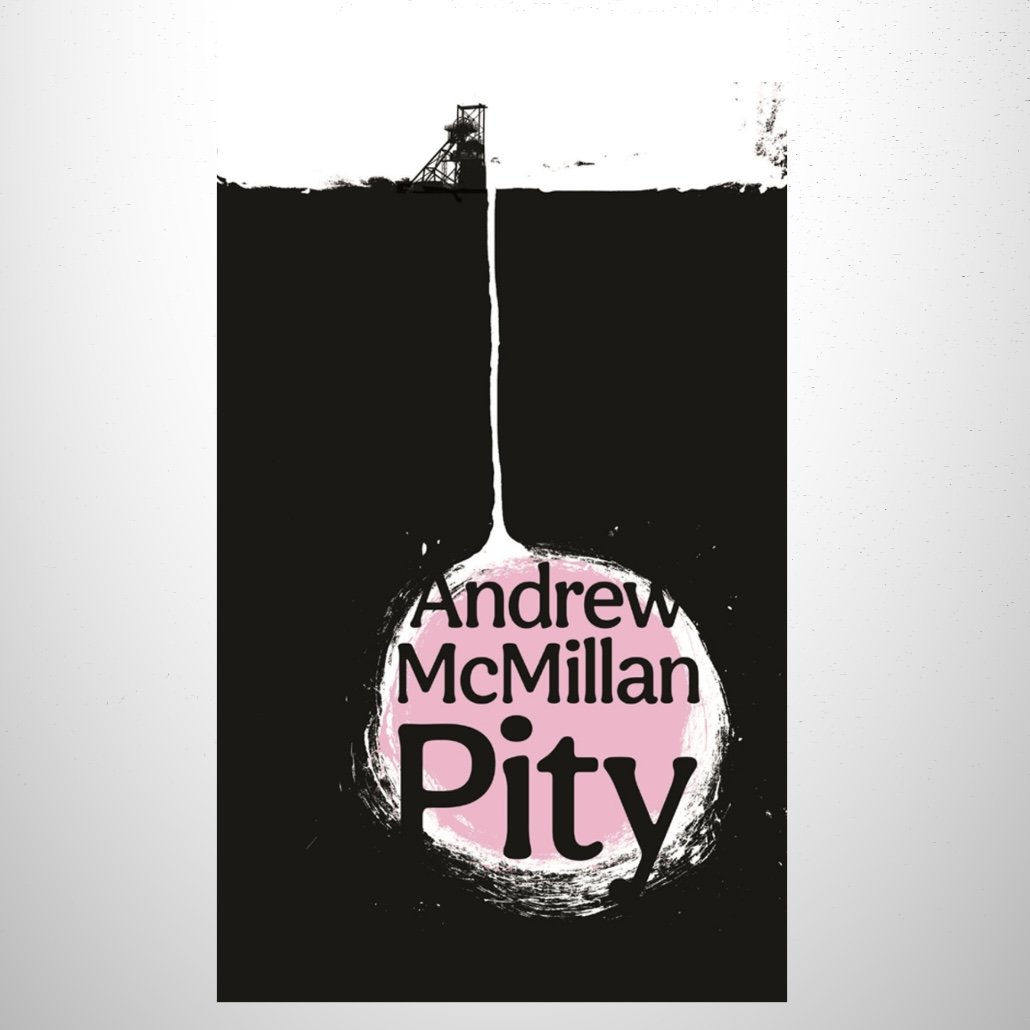
Fundamentally (2025)
Fundamentally is the story of Nadia, an academic of Middle Eastern origin based in the UK, who has recently been poached from her cushy job in academia to go to Iraq to lead a UN taskforce focused on deradicalising women associated with ISIS. While her new role has some honourable intent behind it, she’s also escaping dissatisfaction with her life back home, where she has been disowned by her mother for straying too far from Islam and (in related news) dumped by her English girlfriend Rosy.
All Fours (2024)
All Fours focuses on a 45-year-old woman who discovers she is going through the perimenopause. The unnamed protagonist in many ways resembles July herself, having a portfolio career of artistic ‘projects’ (not a ‘household name’ but clearly admired by many) and in a comfortable marriage, from which she has a nonbinary child. At the novel’s start she is in something of a creative lull and decides that to mix things up a bit (and against her normal character) she’s going to drive to a meeting across the country in New York, rather than flying. The journey doesn’t go entirely to plan.
Nova Scotia House (2025)
Nova Scotia House is told in the unique interior voice of Johnny Grant, who as a 19-year-old in the 1980s met and fell in love with Jerry Field, a 45-year-old who was HIV positive at a time when that meant a guaranteed and imminent death sentence. It’s narrated from some 30 years hence, as Johnny struggles to negotiate the modern world without Jerry (now long dead) and without much of the exuberance and idealism that characterised their time together.
We Pretty Pieces of Flesh (2025)
We Pretty Pieces of Flesh follows three childhood friends (Rach, Kel and Shaz) from their first days at secondary school in Doncaster, through their teenage years together and later years apart, culminating in a reunion night out when potentially explosive secrets simmer under the surface. It’s written in impressively well-rendered local dialect, and is at heart a coming of age story, depicting the ups and downs of the teenage trio, and reflecting on where those years have led them - examining the bonds of friendship and as well as the forces that can tear them apart.
The Safekeep (2024)
The Safekeep begins in the early 1960s in the rural Dutch province of Overijssel. We meet the book’s central character, Isabel, who lives alone in her family home, following her mother’s death. She obsessively tends to the house, while knowing she is only a temporary occupant. The house will eventually pass to her elder brother Louis, who like her other brother Hendrick has no interest in living in the house, having left and embraced city life. The three siblings meet for a dinner early in the book, at which Louis introduces his latest girlfriend Eva, to whom Isabel is openly and viciously rude. When Louis is later called away for work, he insists that Eva stay in the family home with Isabel, much to the latter’s dismay.
This Strange Eventful History (2024)
This Strange Eventful History covers the lives of three generations of a Franco-Algerian family, the Cassars, from 1940 to 2010. It begins with a couple of maps that highlight key locations in the novel, alerting us early on to a recurrent theme of the novel, that of dislocation and a lack of a discernable 'home', for a community (of which Messud herself is a direct descendant) represented by the novel's central family.
Our Evenings (2024)
Oiur Evenings has a lot about it that will be familiar to Hollinghurst fans. Its protagonist, David Win, is a mixed-race child of a single parent, from the lower middle classes (his mother runs a small dressmaking business) in rural Southern England. He is a scholar at a prestigious fee-paying boys’ school, the recipient of an exhibition awarded by the arts benefactor Mark Harlow. The novel’s early chapters detail events during David’s time at that school, including a weekend at the Harlows’ country home, and an adventurous school ‘challenge’ in which he is paired with the Harlows’ son Giles (who we know from the book’s flash-forward introduction is to become a notorious right-wing politician and Brexit architect). David makes his way in life, developing an interest in acting and generally doing reasonably (if unspectacularly) well, all the while contending with his points of difference.
In Defence of the Act (2023)
In Defence of the Act is told from the perspective of Jessica Miller, who is fascinated by the subject of suicide. She works in a lab which investigates suicide in animals, among colleagues she is sure have taken on that particular role with the view that their research will help understand and therefore prevent suicide in humans. Secretly, though, Jessica believes suicide may be - in some cases - a justified ‘act’ and even one which could be considered altruistic, or at least to the benefit of those who surround them. The roots of her unusual perspective are clearly in an incident in her childhood, in which she alerted her family to her father’s suicide attempt, therefore preventing it. He then went on to be consistently abusive, primarily to Jessica and her mother.
Martyr! (2024)
Martyr! introduces us to Cyrus Shams, a recently sober son of Iranian immigrants (and evidently an autobiographical proxy for the author). As a child he moved to the US following the loss of his mother when her plane (Iran Air Flight 655; based on a real incident) was shot down over the Persian Gulf by US forces. His father, who made his way in the States as a factory farm worker, has also died, leaving Cyrus seeking meaning initially in narcotics but subsequently in poetry.
Pity (2024)
Pity is a short novel that trains its eyes on the former mining town of Barnsley, near to Sheffield in northern England. It focuses on three generations of the same family, covering the late twentieth century up to the present day (or thereabouts), and almost exclusively focusing on the men of the family.
The Fraud (2023)
The Fraud is a historical novel set across the nineteenth century and focusing on two apparently disconnected real-world storylines. One is the story of the Tichbourne Claimant, one of the longest trials in British legal history in which a butcher in Wagga Wagga, Australia comes forward claiming to be the presumed-dead minor British aristocrat Sir Roger Tichbourne. The other is the story of forgotten British novelist William Harrison Ainsworth, who mixes with a literary milieu including the likes of Dickens and Thackeray, has early-career success with ‘scandalous’ novels, one of which outsells Oliver Twist, but by the bulk of the novel’s story has fallen on tougher times and is something of a critical laughing stock.
The Bee Sting (2023)
The Bee Sting is something of an epic at 600+ pages, focusing on a fairly affluent family in small-town Ireland, in the aftermath of the 2008 Financial Crash. It's a novel of perspectives, with its lengthy first four sections each seen through the eyes of a different family member.
Biography of X (2023)
Biography of X is an elaborately constructed fictional biography a female artist, author and musician known only as X. It is written in the persona of C.M. Lucca, X's widow, and supposedly published in 2005 as the conclusion of a decade's research following X's death and initially in response to another, inaccurate, biography.
How to be both (2015)
How to Be Both tells two stories, one from the perspective of George, an intelligent 16-year-old girl living in modern-day Cambridge, and another from the perspective of a relatively minor Italian renaissance artist, Francesco del Cossa.
The Song of Achilles (2012)
The Song of Achilles is a retelling of the events of Homer’s Iliad, as told from the perspective of Patroclus. In Homer, Patroclus was a childhood friend and close wartime companion of Achilles. Later Greek authors, including Aeschylus and Plato, as well as Shakespeare (in Troilus and Cressida) brought out the implicit romantic relationship between the two characters, and it’s this aspect that Miller focuses on for her adaptation of the story.
The Lacuna (2010)
The Lacuna focuses on the life of the fictional author Harrison Shepherd, beginning with his childhood in Mexico in the 1930s and taking us through to the 1950s., interacting with significant moments and characters of historical significance along the way. We learn early on that he has kept diaries for much of his life, albeit with some important gaps (one of the lacunae that the title alludes to) and while the narrative is largely told through his diaries, it is mediated by a curatorial presence, the initially mysterious “VB”, and also punctuated by press clippings both real and invented.
The Seven Moons of Maali Almeida (2022)
The Seven Moons of Maali Almeida is structurally a murder mystery, albeit one with significant twist. In 1989, war photographer Maali Almeida finds himself in a highly bureaucratic version of the afterlife, in a kind of hinterland between life and passage to “The Light” in which he must solve the mystery of his own death in ‘seven moons’ (otherwise known as a week). It’s set against the backdrop of a particularly turbulent period is Sri Lanka’s troubled recent history, in which various factions including the Tamil Tigers, the marxist JVP, and the government’s own death squads are unleashing relatively indiscrimate violence on each other at a shocking rate.
Young Mungo (2022)
Young Mungo is a book that very much continues where Shuggie Bain left off. It’s not a sequel, but if you squinted a bit, it certainly could be. The world is the same - the grinding poverty of the Glasgow tenements in the late twentienth century, Shuggie’s Sighthill looming over the background of various scenes. The central character is again a boy coming to terms with his sexuality in unforgiving circumstances, while simultaneously devoting much of his love and energy to an alcoholic mother, with the same complement of older siblings as Shuggie. In short, if you loved his debut, you’re not going to find yourself wildly thrown off by the contents of this one. There are, of course, differences. Mungo is a fair bit older than Shuggie, already somewhat adapted to the reality he needs to at least try to fit into; similarly devoted to his disastrous mother, but less reliant on her and therefore slightly more open to possibilities beyond her world; and with at least sense of the possibility of escape.
Shuggie Bain (2020)
Shuggie Bain is a deeply personal story, clearly heavily influenced by Stuart’s own childhood, of a caring but “different” child, Hugh “Shuggie” Bain growing up in 1980s Glasgow with his alcoholic mother, Agnes. The book begins with the pair (and Shuggie’s two siblings Leek and Catherine) living with Agnes’ parents and Shuggie’s father “Shug” in Glasgow tenements. Shug moves the family to the isolated mining “scheme” accommodation of Pithill, before abandoning them to move in with another woman. Agnes is glamorous but unfulfilled, taking refuge in alcohol which worsens as her parents die and her daughter marries young and moves to South Africa.
A Brief History of Seven Killings (2015)
A Brief History of Seven Killings is about an attempt on the life of Bob Marley in 1976. Except, of course, it’s about far more than that. It’s also far from brief at almost 700 dense pages, and covers considerably more than seven killings, typically in graphic and visceral detail. It’s actually about several decades of complex and violent Jamaican history, told through a multiplicity of voices from gang leaders to politicians, journalists and seemingly peripheral “ordinary” people. Oh, and a ghost. Because of course.




















